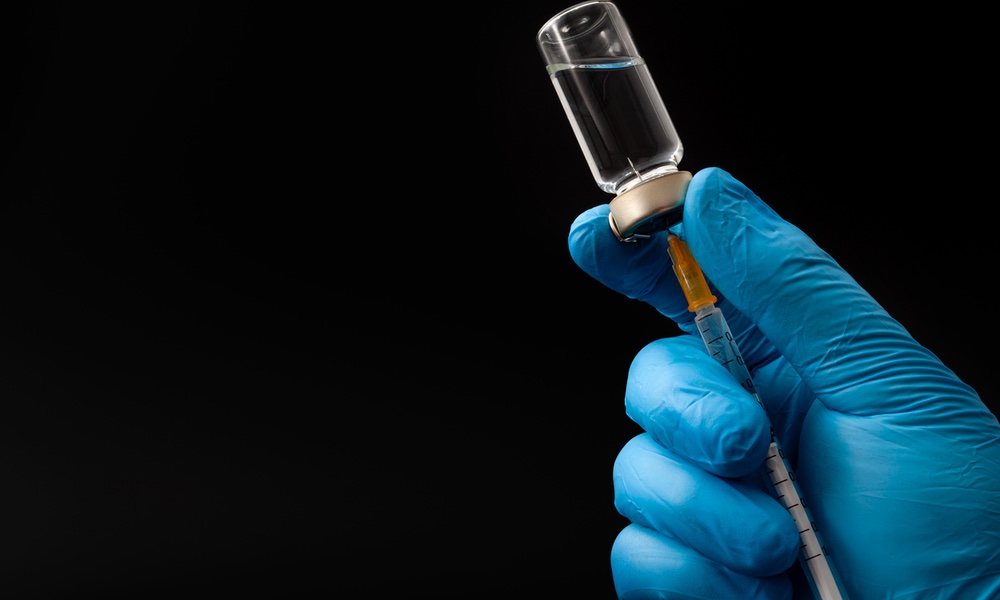Researchers believe that they've unraveled the mystery of why Parkinson's disease patients who received fetal brain tissue implants in the 1990s developed severe side effects. They also may have found a way to cure these side effects.
The transplants were of fetal dopamine producing tissue. The idea was that this tissue would grow, restoring the patient's ability to produce their own dopamine, which had been lost or severely impaired. And that appears to have worked. But other tissue involved in serotonin metabolism also grew, and this tissue appears to be responsible for the side effects: uncontrolled, involuntary jerky muscle movements called dyskinesias.
Essentially, the transplants fixed one metabolic abnormality and created an entirely new one.
Using specific radioactive tracers, the researchers were able to determine that dopamine producing tissue had been restored and appeared to be functioning properly in both patients. But there had been an overgrowth of serotonin producing and responding tissue...
The ineffectiveness of Parkinson's medications led to several trials in the 1990s where fetal dopamine producing tissue was implanted into the brains of Parkinson's patients. Initial results were mixed. Some patients showed remarkable improvement, others showed no change at all. But over time, so many patients experienced severe dyskinesias that ethics committees around the world ended the transplantation trials in the 1990s.
The current study was a follow-up of two patients, age 63 and 66, who had received their transplants in 1993 and 1996. Both patients had improved enough to be taken off of all Parkinson's medications at one point but later developed severe dyskinesias.
By using specific radioactive tracers, the researchers were able to determine that dopamine producing tissue had been restored and appeared to be functioning properly in both patients. But there had been an overgrowth of serotonin producing and responding tissue (serotonergic neurons) in the area of the brain where the transplant was performed.
When these two patients were given the anti-anxiety drug buspirone, their dyskinesias were substantially reduced, practically ceasing. This was a very short term test, about four hours long. While encouraging, longer tests are required to tell if buspirone can permanently cure these patients of dyskinesia.
The researchers suggest that in any future transplants, it might be possible to first dissect out serotonin-producing tissue or remove it by cell sorting before transplantation. They say that European and North American researchers are planning a new round of trials in 2012.
Future trials may face legal and ethical barriers. For one thing, the legality of using fetal tissue has been a political football for many years. And the original trials were designed to be therapeutic, not experimental in nature: their main purpose was to improve the patients' lives, not to add to scientific knowledge, and that's not how they ultimately worked out.
If it is deemed appropriate to conduct more transplants, the surgeons now have a better idea of how they might be done successfully.
The results of the study were published in the June 30, 2010 issue of Science Translational Medicine.




